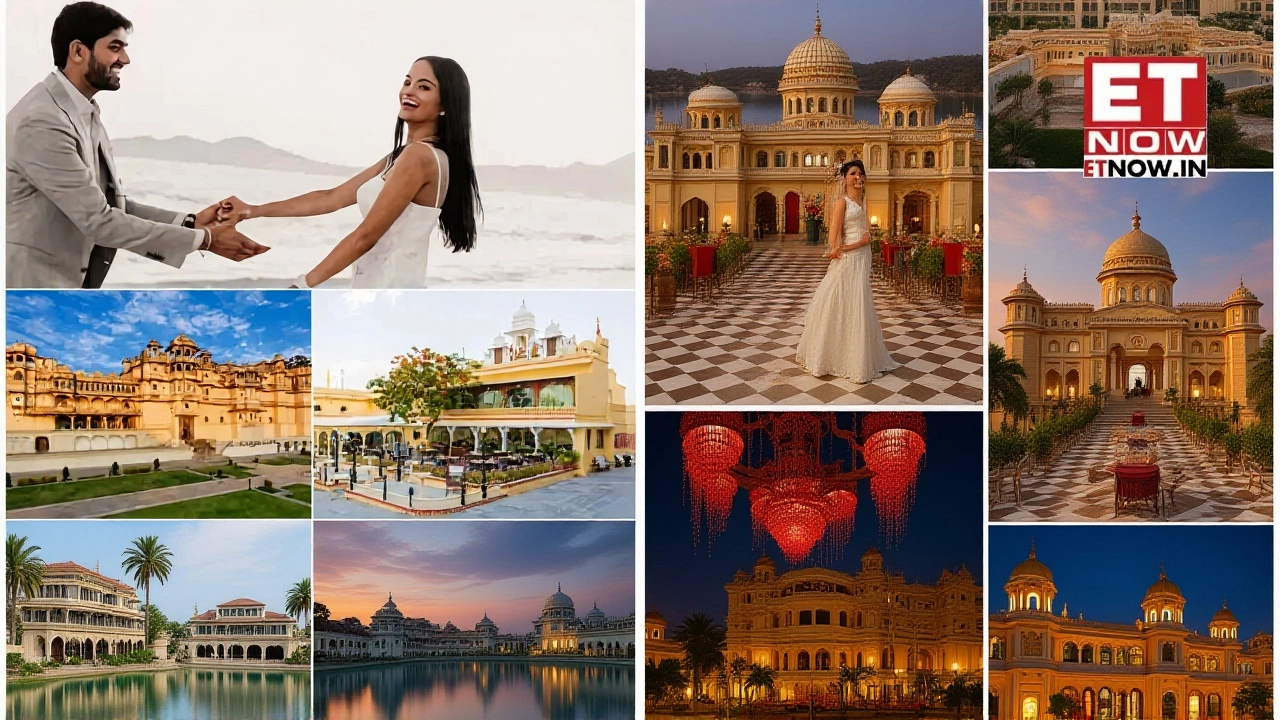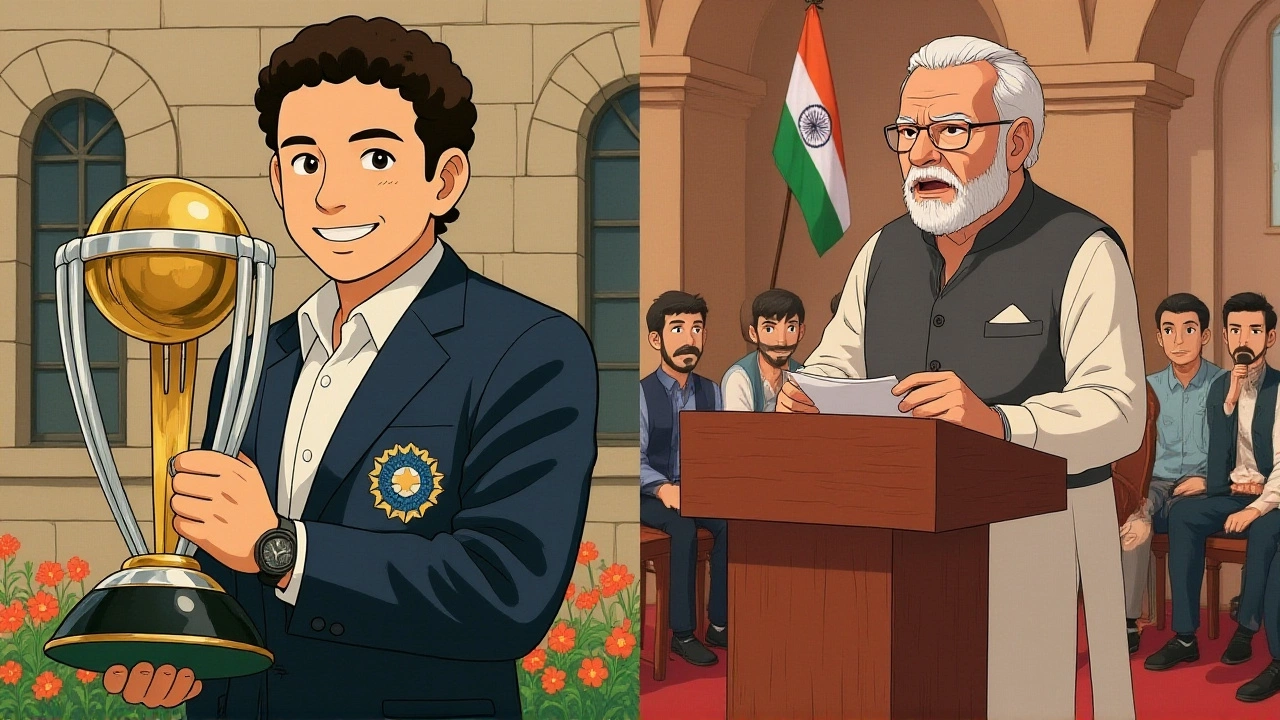When Sam Altman posted on X on March 27, 2025, that OpenAI’s GPUs were "melting," he wasn’t exaggerating. Just 48 hours after launching ChatGPT’s new image generation feature—powered by the OpenAI GPT-4o model—the system was drowning in requests for Studio Ghibli-style art. Users weren’t just experimenting. They were obsessed. And the computational toll was staggering.
The Ghibli Boom That Broke the Internet
Launched on March 25, 2025, ChatGPT’s image tool was meant to be a general-purpose feature. Instead, it became a Ghibli factory. Within an hour of the trend going viral, roughly 1 million users had generated Studio Ghibli-style images of everything from their pets to historical figures like Napoleon and even podcast hosts. The aesthetic—soft watercolor skies, gentle character designs, dreamlike forests—wasn’t just popular. It was *addictive*. Altman himself joined in, updating his X profile picture to a Ghibli-style rendering of himself, smiling with wide eyes and tousled hair, a nod to Totoro’s charm.
Each image wasn’t just a pixel shift. It required 10 times the computational power of a text response. A single Ghibli-style render consumed an estimated 3–3.5 watt-hours of energy, thanks to the intense GPU workload. With NVIDIA A100s drawing 250–400 watts during processing—and cooling systems adding a 1.3 PUE multiplier—that’s the same energy as leaving a 60-watt bulb on for 20 minutes. Multiply that by millions of requests, and you’re looking at a data center footprint that suddenly looked more like a power plant.
Why Rate Limits? It Wasn’t Just Overload
Altman’s solution? A temporary cap: three image generations per day for free-tier users. Premium subscribers would get more, but even they’d face throttling during peak hours. The goal wasn’t to punish users—it was to keep the service alive. "We’re working to make it more efficient," Altman wrote. "Hopefully won’t be long!" Engineers reportedly slashed response times by 40% in under 72 hours by optimizing the image pipeline, reducing redundant calculations in the diffusion model.
But there was another problem: false rejections. Users trying to generate a simple cat or sunset were getting blocked because the system mistakenly flagged them as "Ghibli-style"—a sign the AI was overfitting to the trend. OpenAI’s team scrambled to recalibrate the style classifier, a process that involved retraining on thousands of non-Ghibli examples. "We thought we’d see a variety of styles," said one engineer, speaking anonymously. "We didn’t expect the entire internet to become a Miyazaki fan club."

Copyright: The Unspoken Ghost in the Machine
Behind the server strain lies a legal minefield. Studio Ghibli, founded in 1985 by Hayao Miyazaki and Isao Takahata in Koganei, Tokyo, has never licensed its art for AI training. Its films—Spirited Away, My Neighbor Totoro, Princess Mononoke—are cultural treasures, meticulously hand-drawn over years. Miyazaki, now 83, has called AI-generated art "an insult to life," and refused to use it in his studio’s work.
Legally, though, AI mimicking a *style* isn’t copyright infringement. Courts in the U.S. and EU have consistently ruled that artistic style—brushwork, color palette, emotional tone—isn’t protectable. Only exact copies of specific characters, scenes, or compositions are. That means OpenAI’s users aren’t breaking the law. But they’re walking a razor’s edge. Studio Ghibli has no legal recourse to stop the trend, even if it’s flooding the internet with digital homages.
The Environmental Cost of Digital Nostalgia
Every Ghibli-style image is a tiny carbon footprint. With an estimated 5 million images generated in the first 72 hours, that’s roughly 15–17.5 megawatt-hours of electricity—equivalent to powering 500 U.S. homes for an hour. Environmental advocates are watching closely. "We’re celebrating AI’s creativity," said Dr. Lena Torres, a digital sustainability researcher at Stanford, "but we’re ignoring the hidden cost: energy-intensive models trained on vast datasets, then abused by viral trends. This isn’t innovation—it’s digital excess."
OpenAI says it’s addressing this by refining its models to reduce compute load without sacrificing quality. "We’re not just fixing a bottleneck," said a company spokesperson. "We’re learning how to make generative AI more sustainable." Still, the episode reveals a deeper truth: when AI becomes a playground for collective nostalgia, the infrastructure can’t always keep up.

What’s Next? Efficiency, Ethics, and the Future of AI Art
By April 3, 2025, OpenAI had restored full image generation for paying users and raised free-tier limits to five per day. But the Ghibli trend didn’t fade—it evolved. Users now add filters like "Studio Ghibli but with cyberpunk lighting" or "Ghibli meets Van Gogh." The AI, once overwhelmed, is now adapting.
Meanwhile, legal scholars are calling for clearer guidelines on style imitation. Some propose a "digital attribution" system for AI-generated art, where users must disclose if a style was inspired by a living artist. Others argue for artist opt-in training datasets. Studio Ghibli, for now, remains silent.
One thing’s certain: the next viral AI trend won’t be so easily contained. And the world may not be ready for what happens when billions of people try to turn their lives into animated films.
Frequently Asked Questions
Why did users flood ChatGPT with Ghibli-style images?
The Ghibli aesthetic—soft, emotional, and deeply nostalgic—resonated with users seeking comfort and beauty in AI art. Unlike hyper-realistic or abstract styles, Ghibli’s hand-drawn warmth felt personal and familiar, making it ideal for generating portraits of loved ones, pets, or even mundane moments. Social media amplified the trend, turning it into a global meme that outpaced all other styles combined.
Is OpenAI violating Studio Ghibli’s copyright?
No—not legally. Copyright law protects specific expressions, not styles. While OpenAI’s training data may have included Ghibli films, the AI doesn’t copy frames or characters directly. It learns patterns: how light falls on clouds, how eyes are drawn, how movement feels. Courts in the U.S. and EU have repeatedly ruled that style imitation is legal, even if it feels uncanny. Studio Ghibli has no legal grounds to sue for this.
How much energy does one Ghibli-style image really use?
Each Ghibli-style image consumes approximately 3–3.5 watt-hours, due to the high computational load of the GPT-4o image model. That’s equivalent to running a 60-watt light bulb for 20 minutes. With over 5 million such images generated in 72 hours, the total energy use reached 15–17.5 megawatt-hours—enough to power hundreds of homes for an hour. Cooling and data center inefficiencies (PUE 1.3) pushed the total even higher.
Why did OpenAI’s system reject non-Ghibli images?
The AI’s style classifier became hyper-sensitive during the Ghibli surge, misidentifying soft lighting, pastel colors, or rounded shapes as "Ghibli-style" and blocking them as potential copyright risks. This was a flaw in the model’s tuning, not intentional censorship. OpenAI fixed it by retraining the classifier on thousands of non-Ghibli examples and adding context-aware filters to distinguish between inspiration and imitation.
What’s Hayao Miyazaki’s stance on AI art?
Hayao Miyazaki, co-founder of Studio Ghibli, has publicly denounced AI-generated art as "an insult to life," arguing that true creativity comes from human struggle, imperfection, and time. He refuses to use AI in his own work, even as his studio’s visual style becomes one of the most popular templates for AI artists worldwide. His views reflect a deep philosophical divide between handmade art and algorithmic replication.
Will OpenAI ever allow unlimited Ghibli-style images again?
Unlikely—at least not without major infrastructure upgrades. Even after optimization, Ghibli-style images remain 10x more resource-heavy than standard AI art. OpenAI may introduce a paid "Studio Ghibli Mode" with higher limits, or partner with Ghibli for an official licensed filter. For now, the company is prioritizing efficiency over viral popularity, signaling a shift toward sustainable AI use over unchecked demand.
